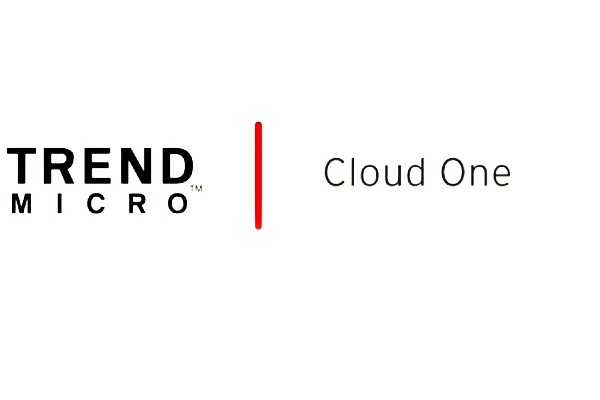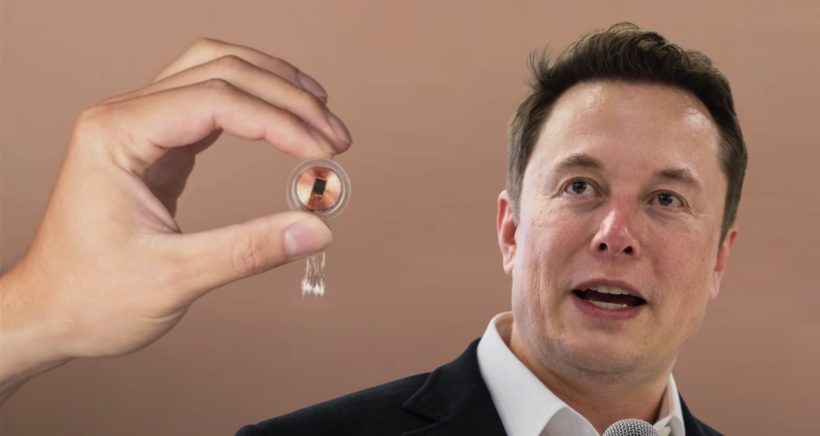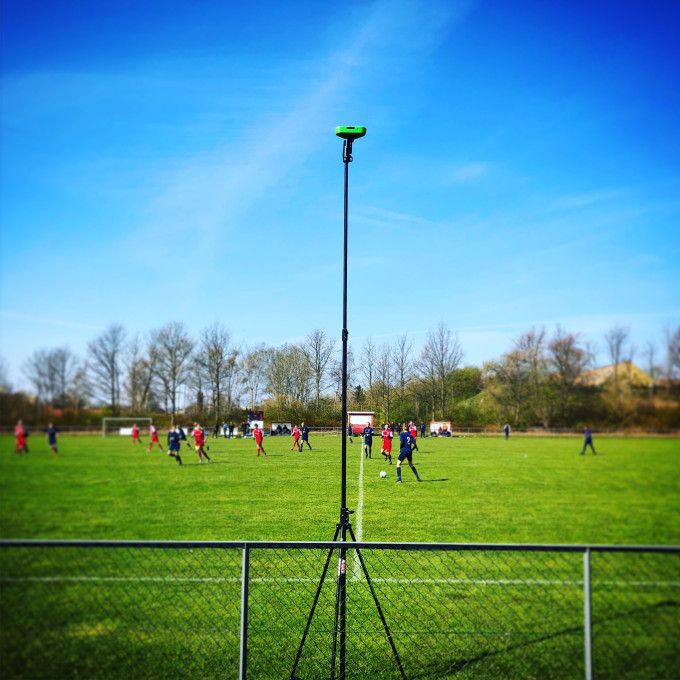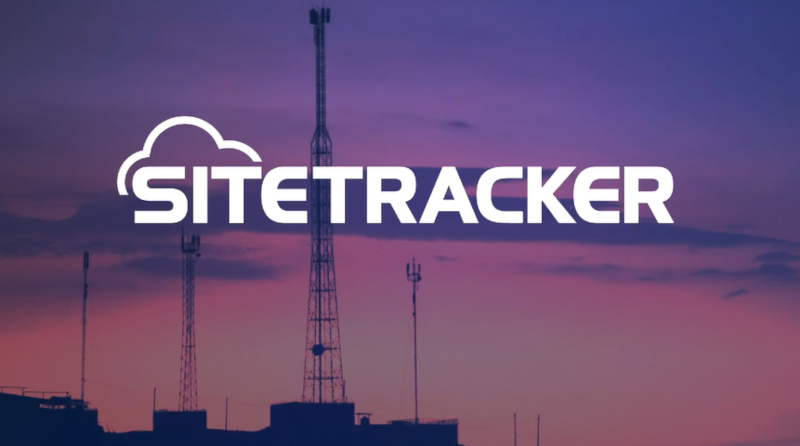According to Trend Micro, in 2021 hackers will use home networks as a crucial launching pad to infiltrate corporate IT and Internet of Things (IoT) networks.
What kind of risks do IT leaders anticipate will be the most ubiquitous in the future and what will the profession’s future look like?
Over two-fifths (41%) of IT leaders predict that AI will replace their role by 2030, according to recent data from Dallas Texas-based cloud security company Trend Micro.
It predicts that remote and cloud-based systems would be ruthlessly attacked in 2021 in its predictions report, Turning the Tide.
It doesn’t appear like their career chances will improve, according to study that was assembled from 500 interviews with IT directors, managers, CIOs, and CTOs.
In the next ten years, only 9% of respondents were certain that AI would not replace their employment. In fact, almost a third (32%) of respondents said that technology would soon be able to fully automate all aspects of cybersecurity, necessitating little to no human involvement.
By 2025, 19% of respondents predict that attackers will frequently use AI to bolster their arsenal.
By 2030, according to over a quarter (24%) of IT leaders surveyed, access to data will be linked to biometric or DNA information, making unauthorized access impossible.
The following outcomes were also expected by respondents to occur by 2025 in the short term. They forecast that when remote work becomes the norm, the majority of organisations would drastically reduce their investment in real estate (22%).
Network and security infrastructure will have undergone a complete nationwide 5G transformation (21%), and security will be self-managing and automated utilising AI (15%).
Attackers will frequently, however, use AI to bolster their armament (19%).
Bharat Mistry is Trend Micro’s Technical Director. “We must have a realistic outlook on the future. Although AI is a helpful tool for aiding in threat defence, its worth can only be realised in conjunction with human experience.”
Cybercriminals will continue to carry out their attacks with the goal of making the most money possible. To keep one step ahead of crooks, businesses and security teams need to be adaptable and watchful.
So how can businesses lessen the hazards they already face? To safeguard cloud workloads, emails, endpoints, networks, and servers, Trend Micro advises businesses to step up their best practize security and patch management programmes and supplement threat detection with round-the-clock security knowledge.
Additionally, it advises against the use of personal devices while maintaining rigorous access controls for both corporate networks and the home office, including zero trust, and user education and training to extend corporate security best practises to the home.
Although tech executives predict that automation will eliminate many jobs within a decade, they shouldn’t worry about this for a while.
IT will change to fit new working practises, and businesses will advance to employ automation to address the difficulties brought on by a lack of skilled labour.











